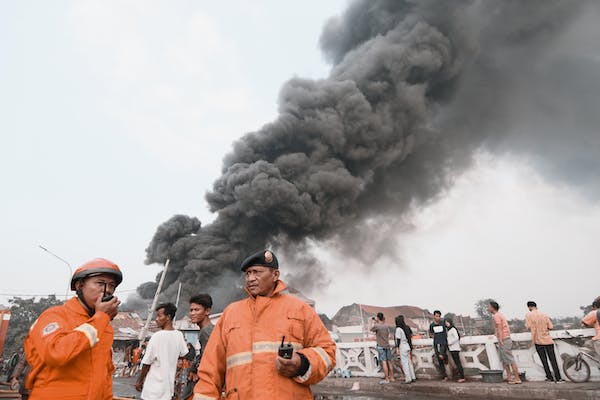- info@udayanam.com
- +91 522-3525290
- Udayanam Institute

Earthquakes occur due to the movement of tectonic plates beneath the Earth's surface. The Earth's crust is not a single solid piece; it is made up of several large and small pieces called tectonic plates. These plates float on the semi-fluid asthenosphere beneath them. The interaction of these plates and their movements lead to earthquakes. There are three main types of plate movements that can cause earthquakes:
Transform Boundaries: At transform boundaries, tectonic plates slide past each other horizontally. As they grind against one another, they may get stuck due to friction. The accumulated stress eventually overcomes the friction, causing a sudden release of energy, resulting in an earthquake.
Convergent Boundaries: At convergent boundaries, two tectonic plates move toward each other. When one plate is denser than the other, it gets forced beneath the less dense plate in a process called subduction. This collision and subduction can create powerful earthquakes as the plates interact.
Divergent Boundaries: At divergent boundaries, two tectonic plates move away from each other. As they separate, magma from the mantle rises to fill the gap, solidifying and creating new crust. The process of seafloor spreading at divergent boundaries can also lead to earthquakes.
When the stress on the Earth's crust exceeds the strength of the rocks holding it together, the rocks fracture along a fault line, releasing energy in the form of seismic waves. These seismic waves propagate through the Earth, causing the ground to shake, resulting in an earthquake.
Earthquakes can vary in size and intensity, ranging from minor tremors that go unnoticed to major quakes capable of causing significant destruction and loss of life. Seismologists study earthquakes to better understand their causes and potential impacts, which helps with earthquake preparedness and mitigation strategies.